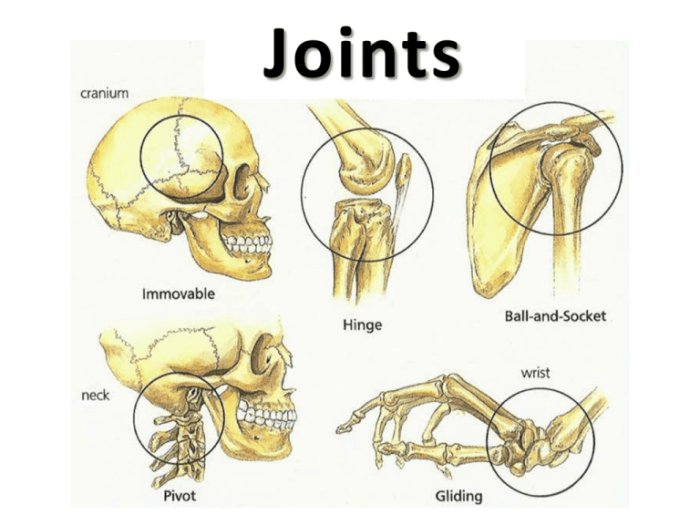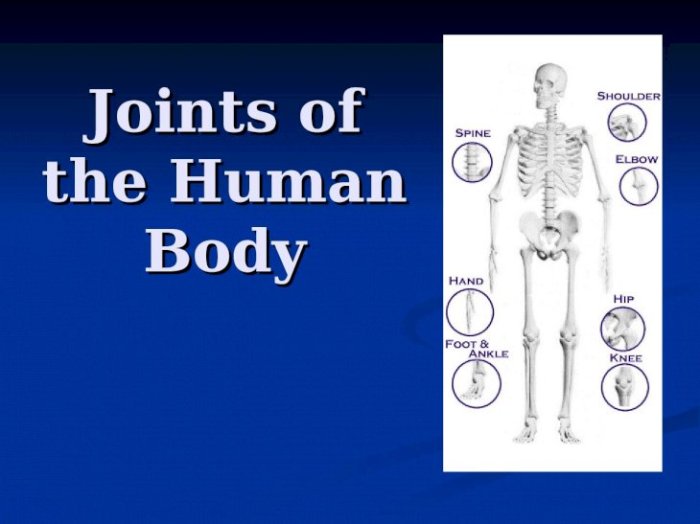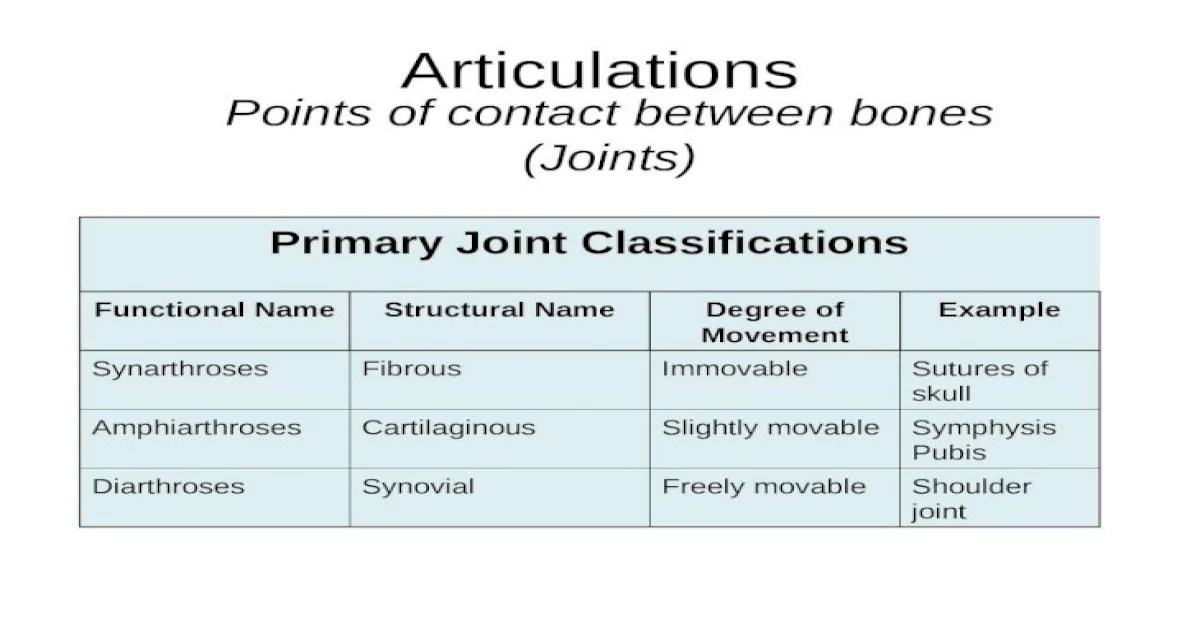Which statement is true regarding articulations? This question delves into the fascinating realm of articulations, the intricate connections between bones that enable movement, support, and stability. Join us as we explore the diverse types, functions, and clinical significance of articulations, uncovering the intricate mechanisms that govern our bodies’ graceful movements.
Articulations, the points of contact between bones, play a pivotal role in our ability to move, stand, and perform countless daily activities. Understanding their structure and function is essential for healthcare professionals, fitness enthusiasts, and anyone seeking to optimize their physical well-being.
1. Introduction

Articulations, also known as joints, are the points of contact between two or more bones. They allow for movement, support, and stability of the body. The study of articulations is known as arthrology.
2. Types of Articulations

Articulations are classified into three main types based on their structure and function:
- Fibrous: Bones are connected by fibrous connective tissue, allowing for little to no movement.
- Cartilaginous: Bones are connected by cartilage, allowing for limited movement.
- Synovial: Bones are separated by a joint cavity filled with synovial fluid, allowing for free movement.
3. Classification of Articulations
Based on their movement, articulations can be classified as:
- Synarthrosis: Immovable joints, e.g., skull sutures.
- Amphiarthrosis: Slightly movable joints, e.g., intervertebral joints.
- Diarthrosis: Freely movable joints, e.g., knee joint.
4. Structure of Articulations
Synovial joints, the most common type, have a basic structure:
- Articular surfaces: Smooth, cartilage-covered surfaces of the bones.
- Joint capsule: A fibrous membrane that surrounds the joint.
- Ligaments: Bands of connective tissue that connect the bones and stabilize the joint.
5. Functions of Articulations
Articulations perform various functions:
- Movement: Allow for different types of movements, e.g., flexion, extension.
- Support: Provide structural support to the body.
- Stability: Maintain the alignment and stability of the body.
6. Clinical Significance of Articulations

Articulations play a crucial role in movement disorders and injuries:
- Arthritis: Inflammation of the joints.
- Dislocation: Displacement of a bone from its joint.
- Sprains and strains: Injuries to the ligaments and tendons surrounding the joints.
Questions and Answers: Which Statement Is True Regarding Articulations
What are the main types of articulations?
Articulations are classified into three main types based on their structure and function: fibrous, cartilaginous, and synovial.
What is the function of synovial fluid?
Synovial fluid nourishes and lubricates the joint, reducing friction and facilitating smooth movement.
What is the clinical significance of articulations?
Articulations play a crucial role in movement disorders and injuries, and their proper function is essential for overall musculoskeletal health.